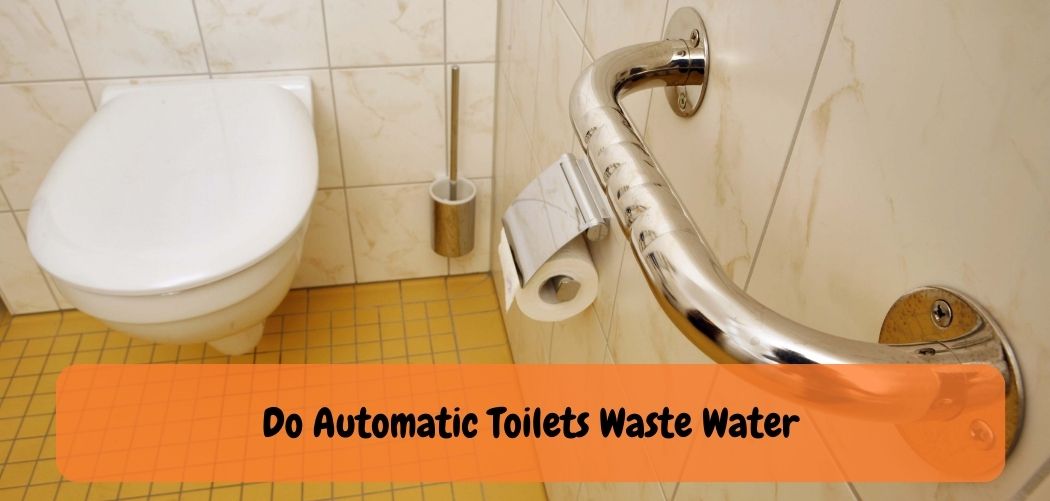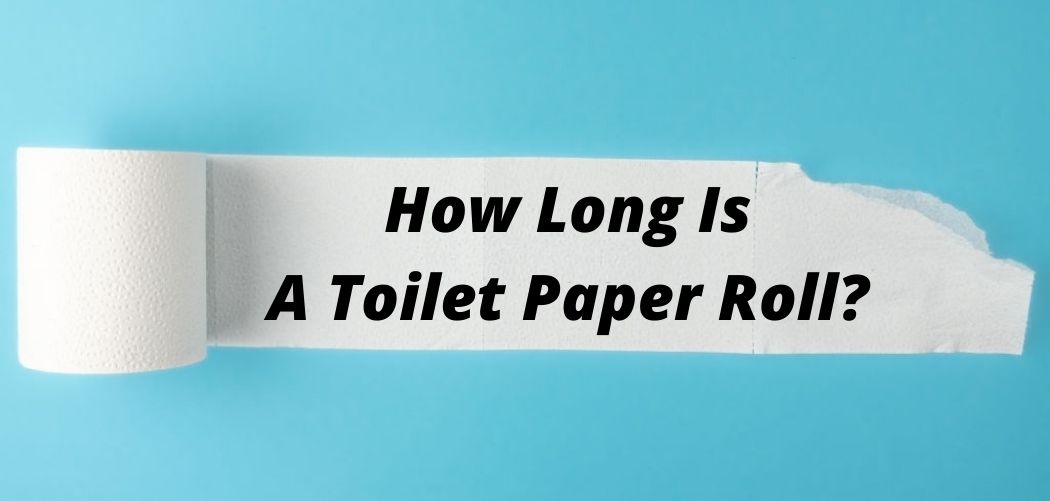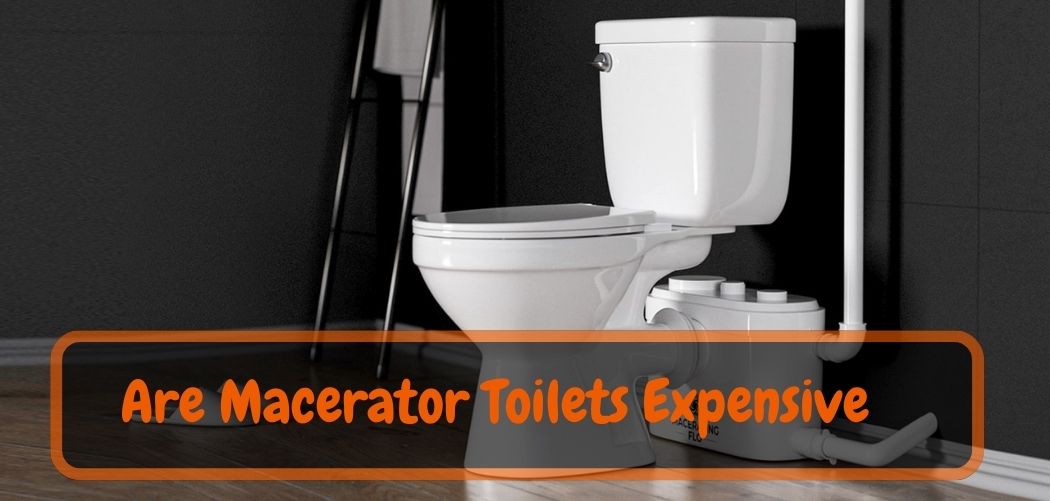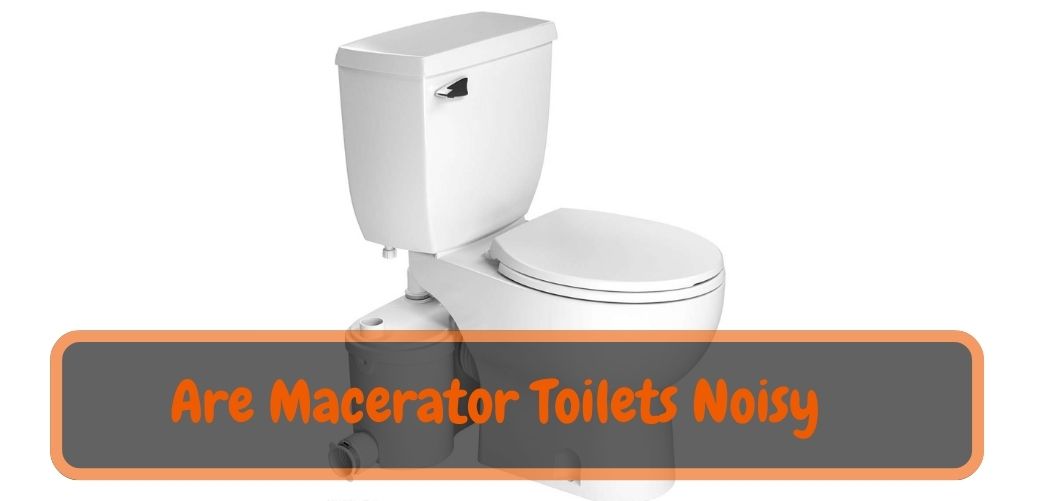Automatic toilets, equipped with sensor-based technology, have become increasingly prevalent in public restrooms and commercial establishments. These innovative fixtures offer the convenience of touchless operation, enhanced hygiene, and reduced cross-contamination risks. However, concerns have been raised about the potential water wastage associated with automatic toilets.
In this informative guide, we will delve into the question: Do automatic toilets waste water? By exploring the technology behind automatic toilets, examining water efficiency features, and debunking common misconceptions, we aim to provide a comprehensive understanding of their water usage.
Armed with accurate information, you can make informed decisions when it comes to installing and using automatic toilets, balancing water conservation with the benefits they offer.
Smart Guide: Automatic Toilets Waste Water
Automatic toilets, equipped with sensor-based technology, have become increasingly common in public restrooms, commercial establishments, and even residential settings. While they offer the convenience of touchless operation and improved hygiene, concerns have been raised about their potential water wastage. In this informative guide, we will delve into the question:
Do automatic toilets waste water? By examining the technology behind automatic toilets, debunking common misconceptions, and exploring water efficiency features, we aim to provide a comprehensive understanding of their water usage. Armed with accurate information, you can make informed decisions when it comes to installing and using automatic toilets, striking a balance between water conservation and the benefits they offer.
1. Understanding Automatic Toilets:
Overview: Automatic toilets incorporate sensor-based technology to detect user presence and initiate flushing without the need for physical contact.
Sensor Activation: Automatic toilets utilize various sensor technologies, such as infrared or motion sensors, to detect users and trigger the flushing mechanism.
Flushing Mechanism: Upon sensor activation, automatic toilets can feature different types of flush mechanisms, including gravity-flush or pressure-assisted flush systems.
2. Debunking Common Myths:
a. Continuous Flushing: One common misconception is that automatic toilets continuously flush, leading to water wastage. However, modern automatic toilets are designed to perform a single flush cycle per use, similar to manual flushing toilets. They do not continuously flush unless there is a malfunction.
b. False Activations: Concerns about false sensor activations leading to unnecessary flushes have been raised. While false activations can occur, advanced sensor technologies and calibration options have significantly minimized these instances. Proper installation, regular maintenance, and adjustment of sensor sensitivity can help mitigate false flushes.
3. Water Efficiency Features:
a. Adjustable Flush Settings: Many automatic toilets offer adjustable flush settings, allowing users to control the flush volume based on their needs. This feature promotes water conservation by providing options for both liquid and solid waste.
b. Dual-Flush Functionality: Some automatic toilets incorporate dual-flush functionality, providing separate flush options for liquid and solid waste. This allows users to choose a lower flush volume for liquid waste, further reducing water consumption.
c. Sensor Sensitivity Controls: Automatic toilets often feature sensor sensitivity controls, enabling users or maintenance personnel to adjust the detection range. Proper calibration can prevent unnecessary flushes due to accidental sensor activation.
4. Water Conservation and Maintenance Tips:
a. Regular Maintenance: Routine maintenance, including cleaning sensor lenses, checking for leaks, and ensuring proper functioning of components, is essential for optimal water efficiency and performance.
b. Manufacturer Guidelines: Follow the manufacturer’s guidelines regarding maintenance, calibration, and any specific recommendations for water conservation.
c. WaterSense Certification: Look for automatic toilets that carry the WaterSense label, indicating they meet water efficiency criteria established by the U.S. Environmental Protection Agency (EPA). WaterSense-certified toilets are designed to use less water without sacrificing performance.
How Much Water Do Automatic Toilets Use?
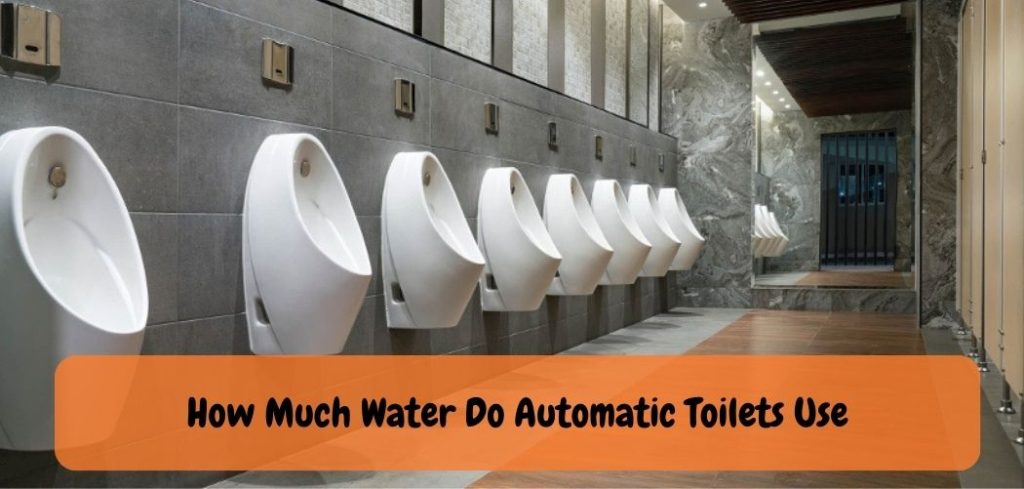
Automatic toilets are both convenient and efficient, but they also use a significant amount of water. While your typical manual toilet uses around 1.6 gallons of water per flush, most automatic toilets utilize between 3 and 4 gallons. This means that if you’re using an automated commode for even the simplest tasks—like flushing down a single piece of toilet paper—you’re still consuming much more H2O than necessary.
In some cases, this can add up to over 10 gallons per day in wasted water! Fortunately, there are ways to help decrease the amount of water used by these types of toilets; one popular option is installing dual-flush systems, which allow users to choose between two different levels of flush depending on their needs (i.e., half or full). Additionally, many newer models feature sensors that detect when someone has left the restroom and automatically shut off after a set period if no further activity is detected.
By making small changes like these at home or in public restrooms, we can do our part to conserve precious resources while still enjoying the convenience offered by automatic toilets.
Are Automatic Toilets Bad for the Environment?
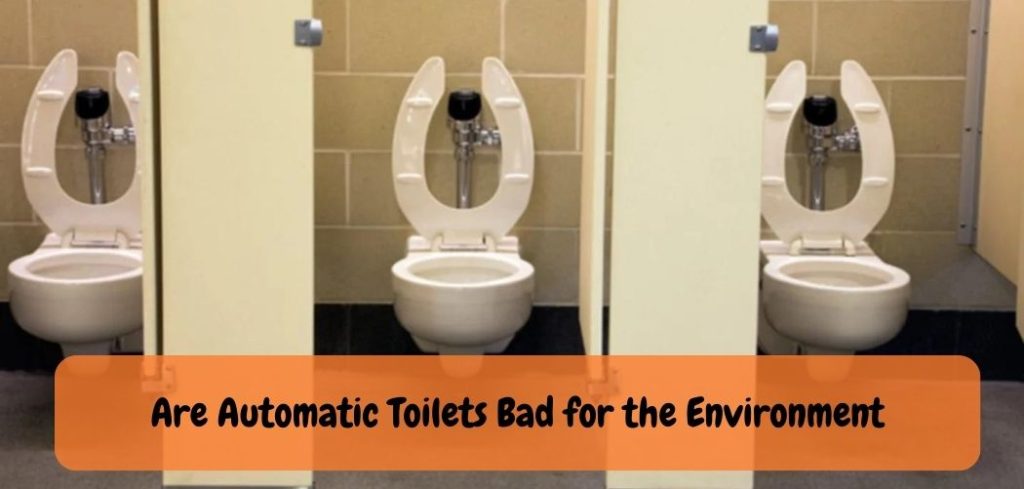
Automatic toilets can be a great convenience, but they are not the best choice for the environment. Automatic toilets use a lot of energy to operate and require frequent maintenance. The water use to flush these toilets is often treate with harsh chemicals that can pollute nearby waterways when not disposed of properly.
Additionally, automatic toilet systems rely on paper towels or hand driers which generate more waste than traditional methods like cloth towels or air drying. Finally, most automatic toilet systems feature motion sensors that detect movement in order to activate the flushing mechanism; this means that it’s possible for them to flush unnecessarily if triggered by something other than an actual user, wasting both water and electricity simultaneously. For these reasons and more, it’s clear that automatic toilets may offer convenience but come at an environmental cost.
Also Read: Do Pressure Assisted Toilets Use Less Water?
Do Power Flush Toilets Save Water?
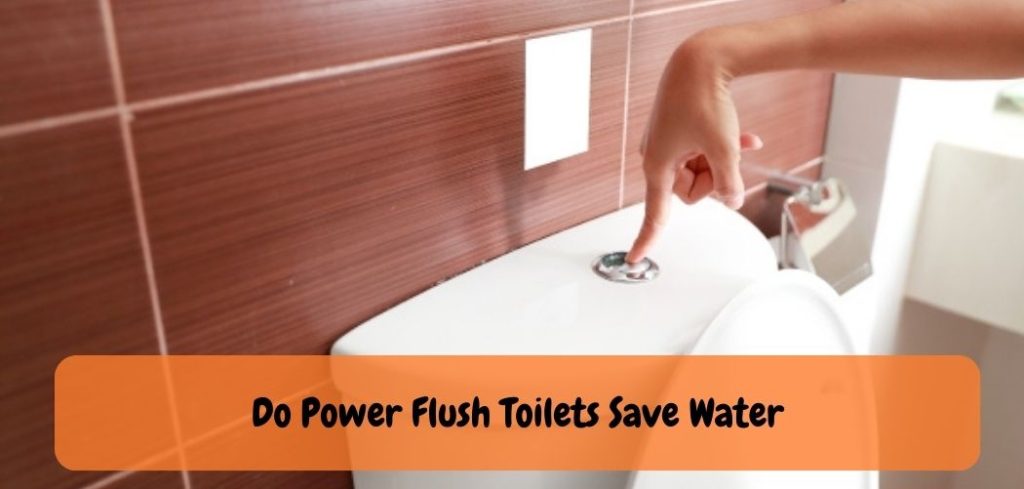
Power flush toilets are becoming increasingly popular due to their ability to save water. These toilets use an innovative flushing system that uses less water than traditional models, resulting in significant savings over time. This is achieve using air pressure to push the waste out of the bowl instea of relying solely on gravity and a single large flush.
The result is a powerful but efficient flush that can reduce your household’s water consumption by up to 40%. Not only does this help conserve our planet’s limited resources, it also helps keep money in your pocket as you won’t be paying for wasted gallons of water each month! Additionally, these toilets generally require little maintenance or upkeep compared to traditional counterparts so they will remain cost-effective for years down the road.
Whether you’re looking for ways to reduce your utility costs or simply want an eco-friendly toilet option, power flush toilets are definitely worth considering.
Does a Phantom Flush Waste Water?
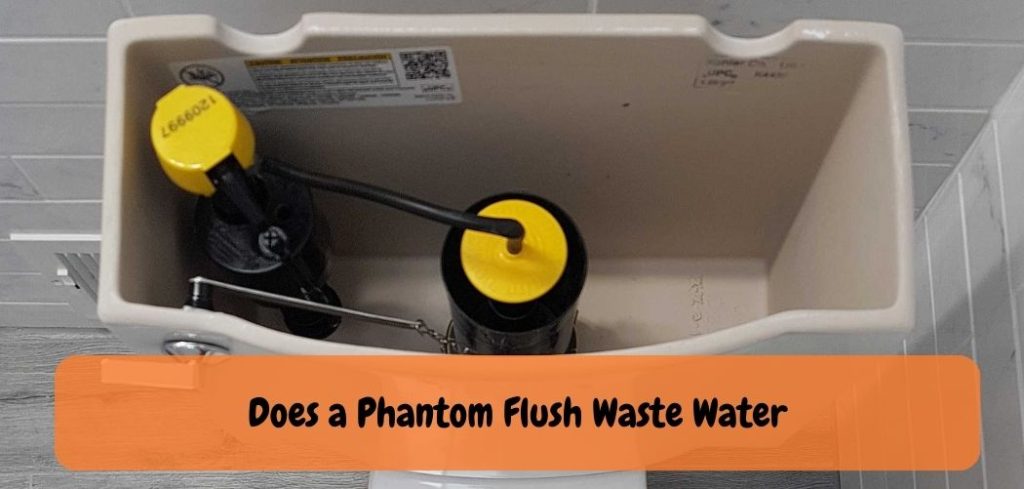
A phantom flush occurs when a toilet is flush even though nothing has been deposite into the bowl. This type of flush can be caused by faulty flushing mechanisms, such as a broken handle or chain, or it can simply occur when some accidentall jiggles the handle while cleaning. The answer to the question of whether a phantom flush wastes water depends on the type of toilet you have.
For older toilets with tanks that fill completely after each flush and then empty all at once for every new flush, these types of flushes will waste water because they use up an entire tank’s worth without actually accomplishing anything. However, newer low-flow toilets usually only use 1.6 gallons per flush as to 3-5 gallons use in traditional models so even if there are several phantom flushes made in one day they will not take too
5 Best Smart Toilets In 2023
Conclusion
The question of whether automatic toilets waste water requires a nuanced understanding of their technology and water-saving features. While it is true that older models of automatic toilets had a reputation for potential water wastage, advancements in design and regulations have addressed these concerns. Modern automatic toilets are designe with water efficiency in mind, incorporating features such as adjustable flush settings, dual-flush options, and sensor sensitivity controls.
To ensure optimal water usage with automatic toilets, it is important to consider a few key factors. Proper installation, regular maintenance, and calibration of sensor sensitivity can help prevent unnecessary flushes. Additionally, selecting models that meet industry standards for water efficiency, such as those with WaterSense certification, can further contribute to water conservation.
It is crucial to debunk the myth that all automatic toilets waste water. When properly installed, maintained, and used responsibly, automatic toilets can actually help conserve water by eliminating the risk of human error in manual flushing and optimizing flush volume based on user detection.


